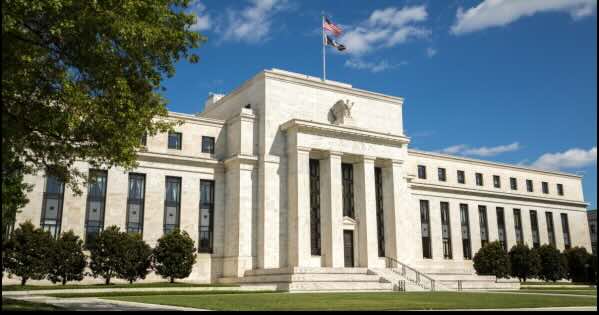Mortgage rates have soared to 6.60%, their highest level in months, as escalating trade tensions fuel economic uncertainty. President Trump’s latest tariffs have jolted financial markets, driving Treasury yields higher and making borrowing significantly more expensive. With inflation still a concern and the Federal Reserve holding steady, both homebuyers and those looking to refinance are facing sharply increased costs.

Higher mortgage rates do more than just cool home sales—they reshape the entire housing market. First-time buyers are being priced out, sellers are losing leverage, and homebuilders are reconsidering expansion. Affordability is already stretched, and with wages lagging behind, the market could soon see weaker demand, rising inventory, and price corrections in overheated areas. Unless the Fed steps in with rate cuts, real estate may be heading for turbulence. Sellers who missed the peak may need to adjust expectations, while patient buyers could soon gain the upper hand.
Average Mortgage rates in recent years
2018: 4.5%
2019: 3.9%
2020: 3.1% (significant drop due to the pandemic and Federal Reserve policies)
2021: 2.9% (remain low due to slow economic recovery)
2022: 5.0% (increase due to inflation and Federal Reserve adjustments)
2023: 7.0% (reaches historic highs due to restrictive monetary policy)
Top Mortgage Loans from Leading U.S. Banks / Wells Fargo un banco para la Comunidad Hispana

